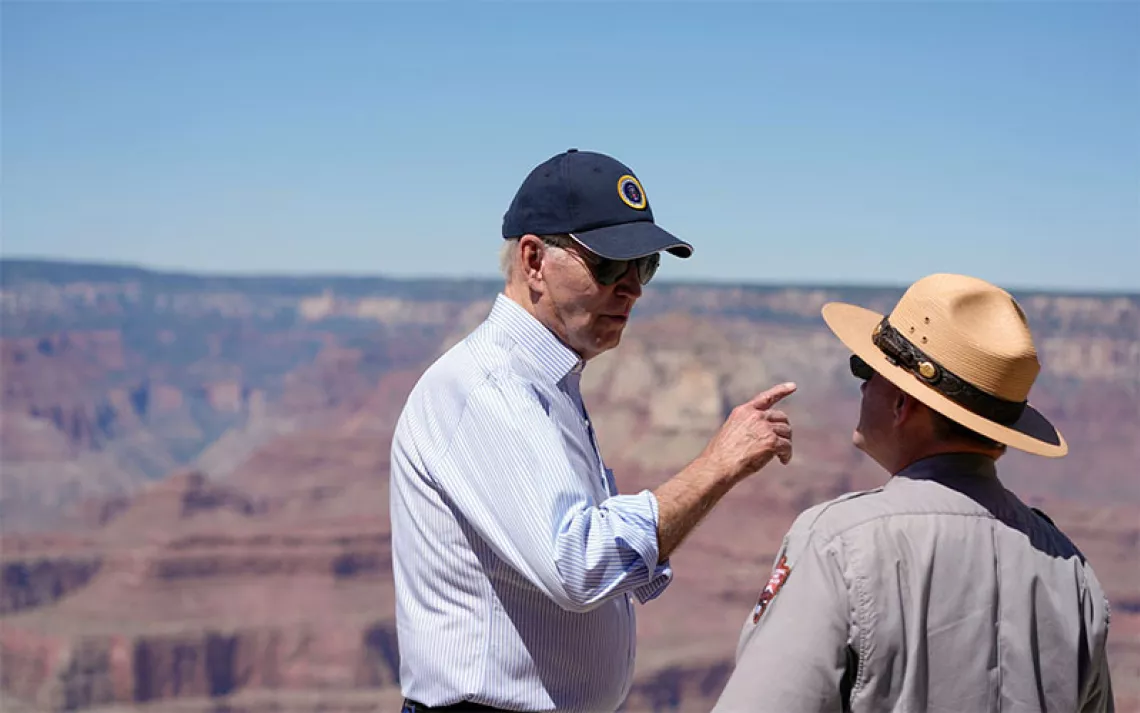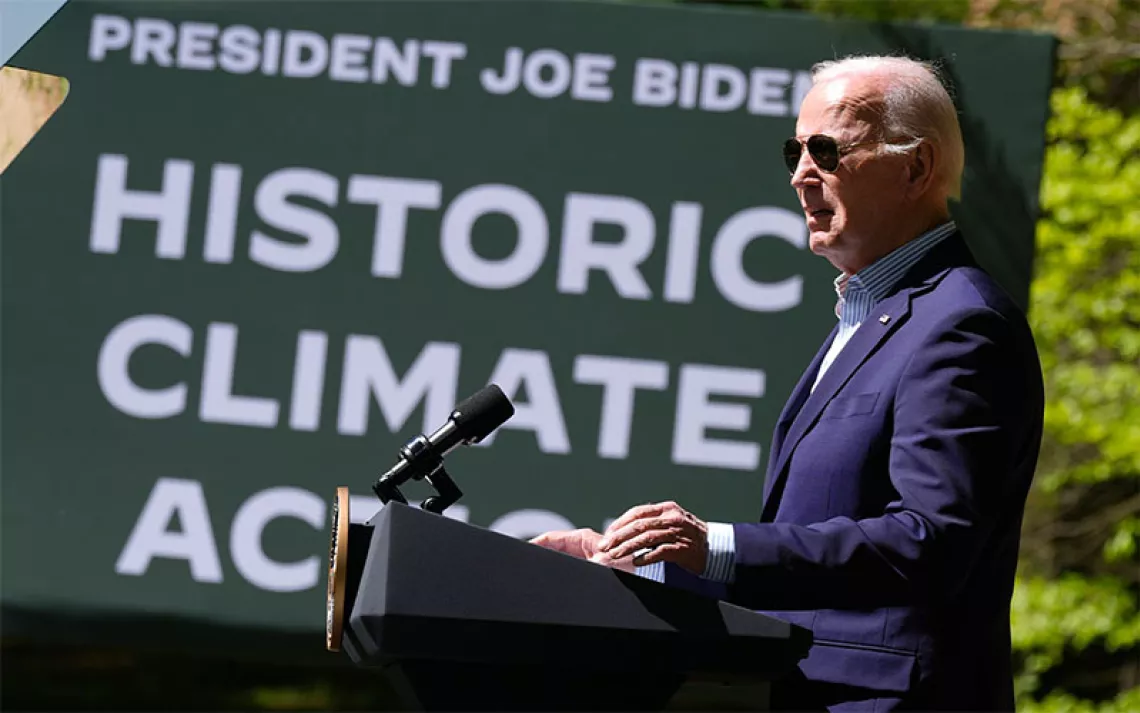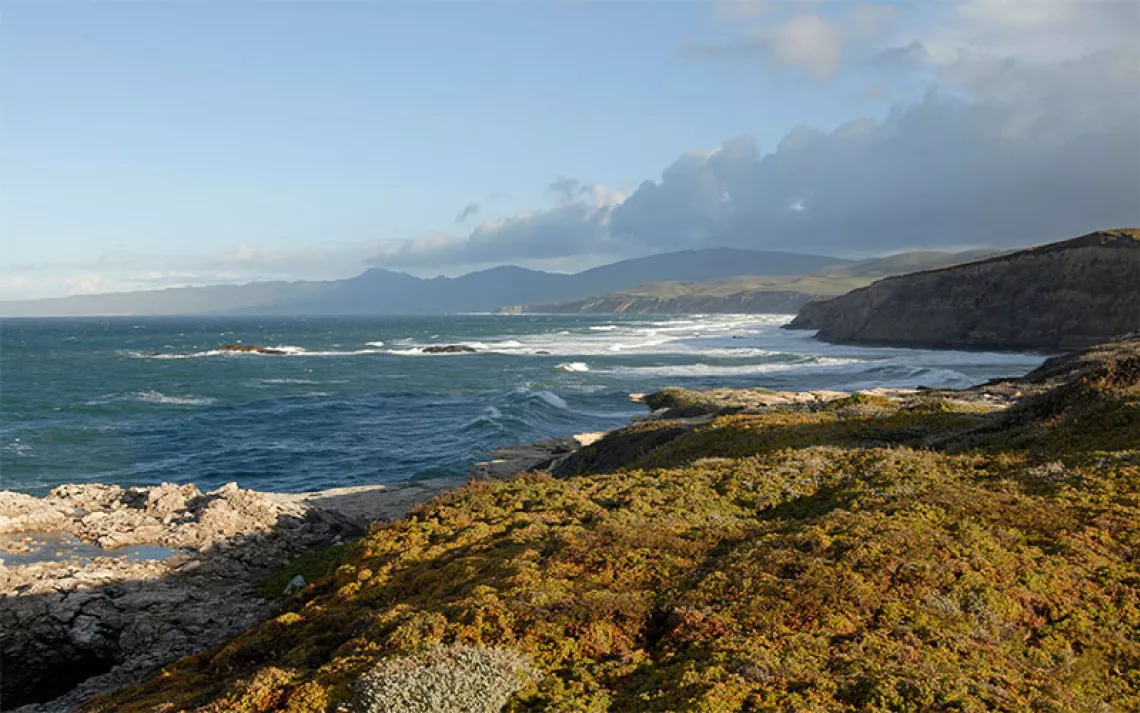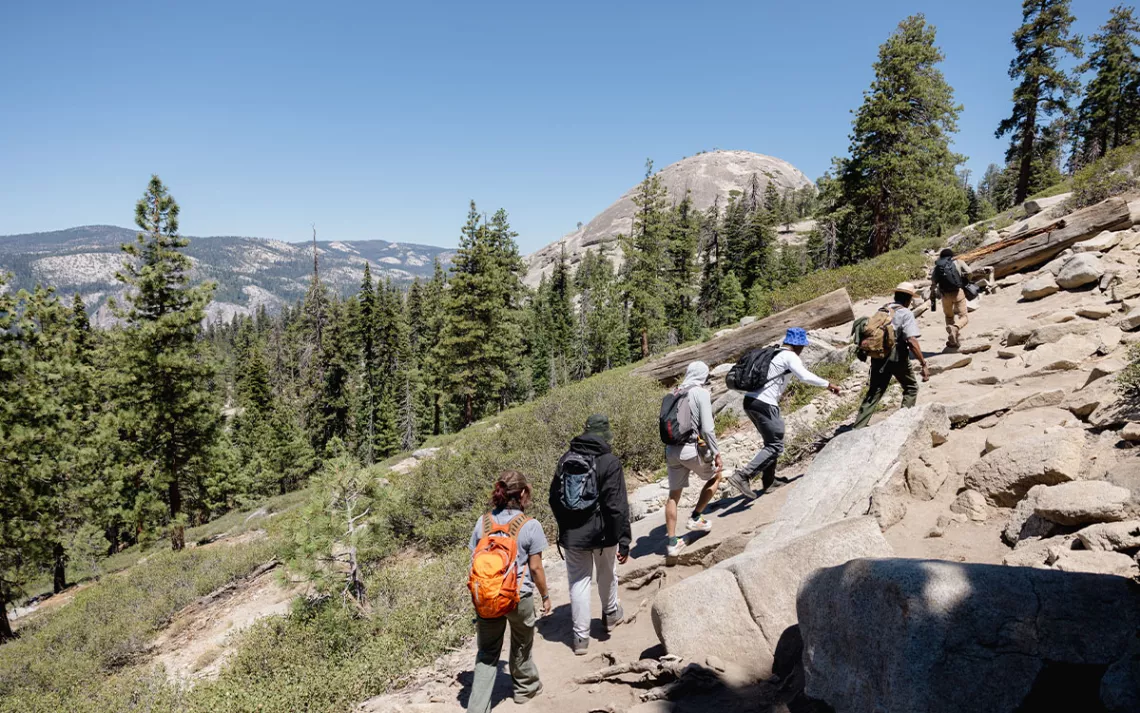How to Celebrate National Public Lands Day Without Leaving Your Home
Eight books and films that will transport you to some of America’s most iconic landscapes
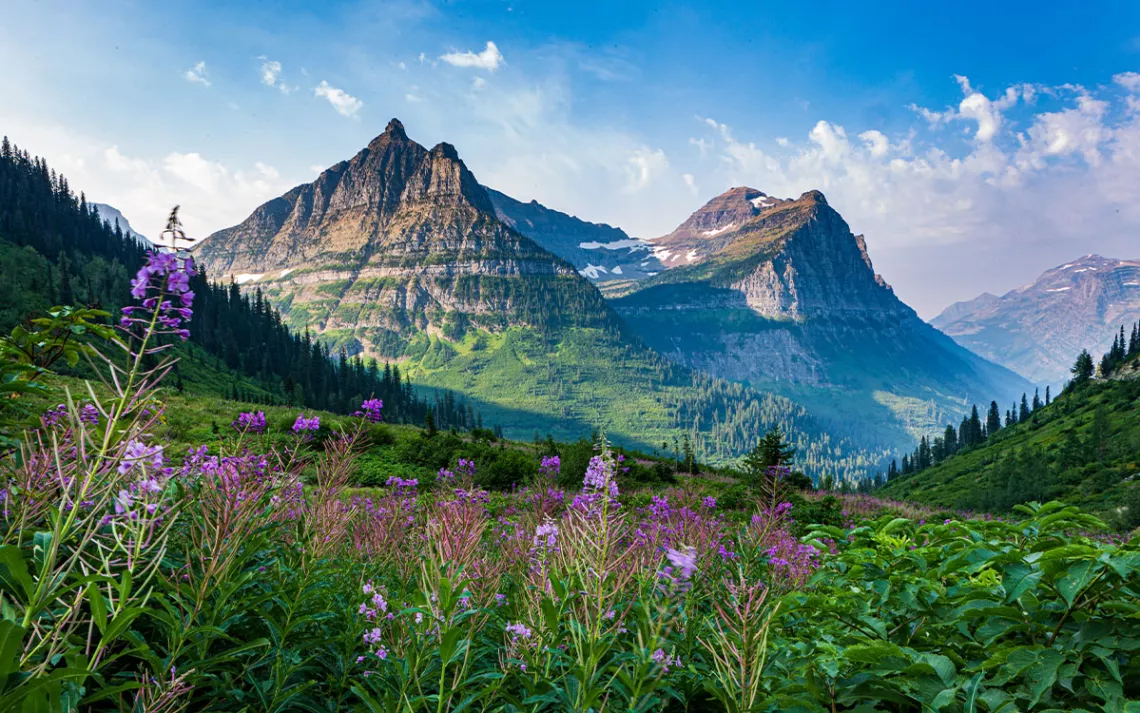
Glacier National Park. | Photo by Pascal Walschots
More than 640 million acres of land in the United States belong to you—the American public. They include more than 400 national parks, 560 national wildlife refuges, 154 national forests, and millions more acres managed by the federal government and states. As such, they are a vital part of the country’s landscape, identity, and culture. Not only are public lands places of recreation, but they also protect wildlife and help mitigate climate change by sequestering carbon and keeping ecosystems intact.
With so much worth celebrating, of course there’s a holiday dedicated to honoring these treasured landscapes. Started in 1994, National Public Lands Day is now led by the National Environmental Education Foundation, in partnership with federal agencies, and includes myriad outdoor events and volunteer opportunities in which to participate. Public Lands Day is on September 28 this year, marking a perfect opportunity to learn more about our shared lands, their histories, and their futures.
While there’s much to celebrate, these venerated lands have complex and often dark pasts. Many of them are also threatened by development and a warming planet. The following books and documentaries tell the stories of the Indigenous peoples who were forced off their lands to create the National Park Service, the battles over threatened public lands, and the impacts of climate change. They deal with questions of diversity and access, as well as the way white supremacy continues to shape public spaces in this country. But they also highlight the beauty and wonder of these spaces. So make your way across the country, zigzagging from Alaska to Maine, as you delve into the stories of America’s crown jewels.
Saving Yellowstone: Exploration and Preservation in Reconstruction America by Megan Kate Nelson
Simon and Schuster, 2022
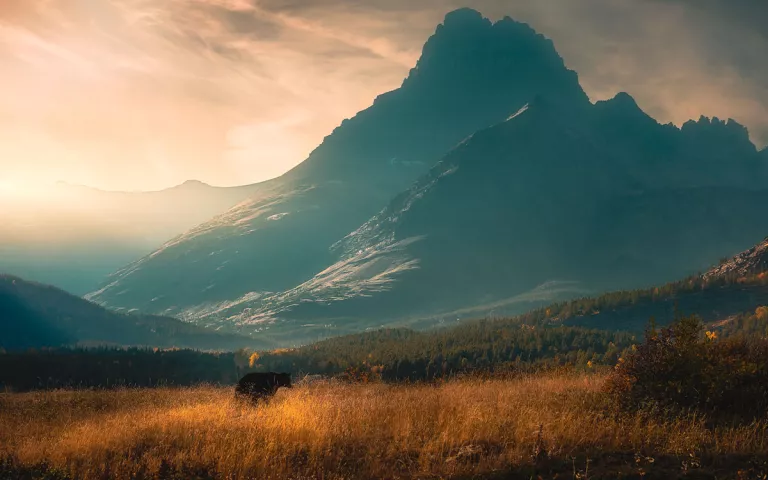
A grizzly bear in Yellowstone National Park. | Photo Krista Taylor
Yellowstone is one of the country’s most beloved national parks, but the story of its establishment is a complex and violent one. Written by historian Megan Kate Nelson, Saving Yellowstone explores how and why America’s first national park came to be during the turmoil of the Reconstruction era. The book follows three key players through the early 1870s: Lakota leader Sitting Bull, financier Jay Cooke, and explorer Ferdinand Hayden. Nelson traces the role each man—and the larger social context they existed within—played in creating the park, set across 11 chapters. It’s a story of colonialism and Indigenous resistance, of corporate greed and ambition, and of tragedy and hope.
Understory: A Journey Through the Tongass
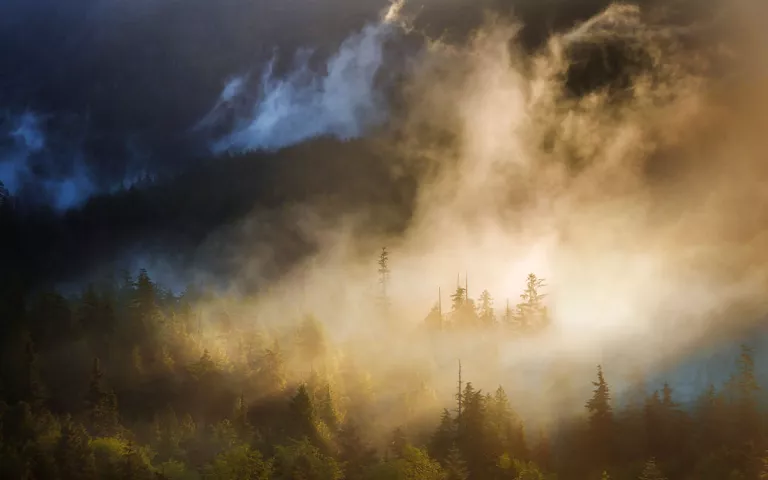
Tongass National Forest. | Photo by Carlos Rojas
The Tongass National Forest is the largest remaining temperate rainforest in the world. In 2020, the Trump administration lifted protections against logging and development. After hearing this news, local fisher Elsa Sebastian decided to take action. Joined by biologist Natalie Dawson and botanical illustrator Mara Menahan, she sailed down 350 miles of the forest’s rivers, documenting the landscape and the communities who live there for the documentary Understory. “This film is about what it means to call a place home,” narrates Sebastian. “But it’s also about how the fight to keep trees standing is critical to the future of our planet.
Brave the Wild River: The Untold Story of Two Women Who Mapped the Botany of the Grand Canyon by Melissa L. Sevigny
W.W. Norton, 2023
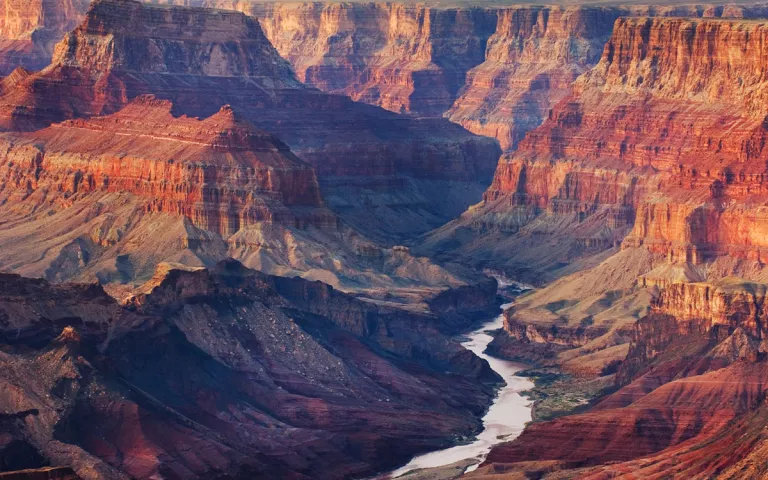
Grand Canyon National Park. | Photo by Alan Majchrowicz
Brave the Wild River is a biography of Elzada Clover and Lois Jotter, two botanists who in 1938 sailed down the Colorado River with four men to catalog its flora—the first Western scientists to do so. With her expertise as a science journalist, Sevigny retells their journey through the Grand Canyon while also describing the challenges faced by female scientists in the 1930s. The result is a book that captures the history and unique ecology of the region, and that points to the way it’s transformed over the years.
The Song of Everything: A Poet's Exploration of South Carolina's State Parks by Glenis Redmond
Good Printed Things, 2024
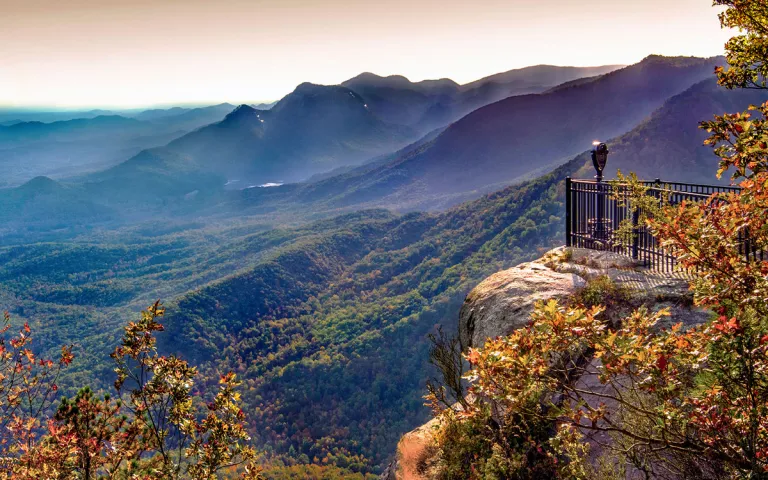
Caesars Head State Park, Blue Ride Escarpment, Table Rock. | Photo by John Coletti
From the Blue Ridge Mountains to the sand dunes by the Atlantic coast, South Carolina is home to a rich natural landscape. They places offer visitors plenty of wisdom about both the planet and ourselves. After receiving a cancer diagnosis in the midst of the pandemic, poet Glenis Redmond visited 20 of South Carolina's state parks with her grandson. The Song of Everything is a collection of poems about those trips, Redmond’s relationship to nature, and South Carolina history.
This Land
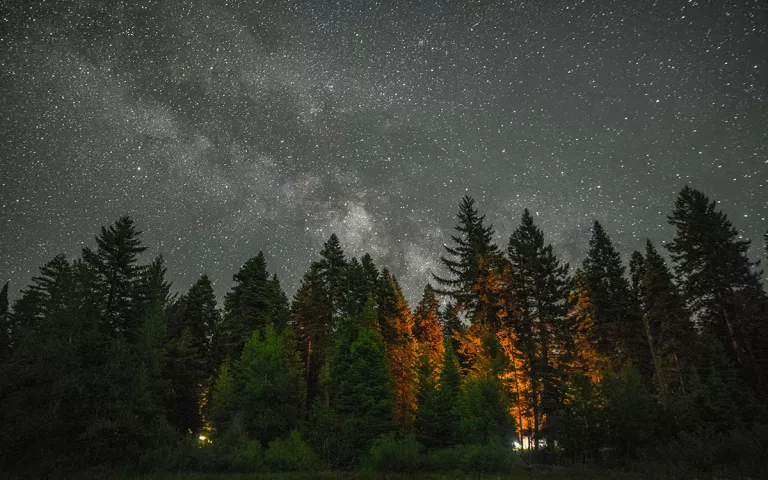
Hyatt Lake Recreation Area, Cascade-Siskiyou National Monument, Oregon. | Photo by Kyle Sullivan/BLM
In this 10-minute documentary, athlete Faith E. Briggs and her companions run through national monuments that were points of contention for the Trump administration. The runners make their way from Portland to New Mexico, passing through Oregon’s Cascade-Siskiyou National Monument, Utah’s Grand Staircase–Escalante National Monument, and New Mexico’s Organ Mountains–Desert Peaks National Monument. The film raises awareness about the significance of public lands and examines who has access to them. On her run, Briggs also navigates through her own identity as a Black conservationist. Briggs says that her journey in the film is about showing that everyone is welcome in the outdoors. “I know a lot of times, we haven’t seen people that look like us in certain spaces,” she narrates, “so I’m hoping to be one of those people.”
The Melting World: A Journey Across America’s Vanishing Glaciers by Christopher White
St. Martin's Press (MacMillan), 2013
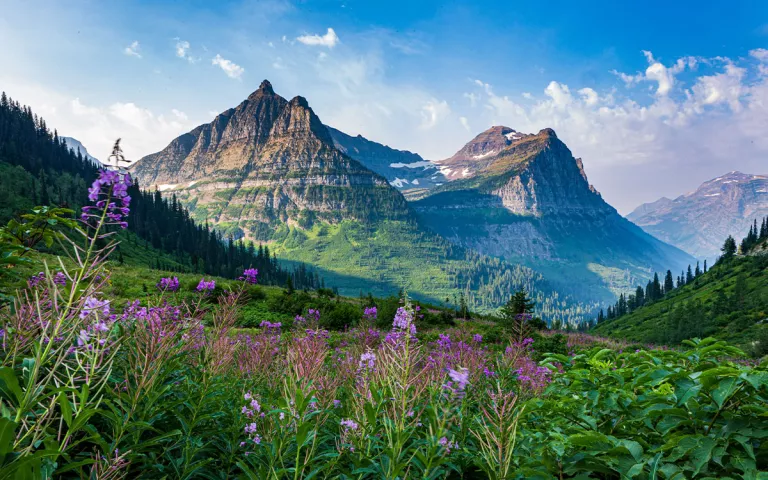
Glacier National Park. | Photo by Pascal Walschots
“The story of ice is the story of climate,” opens The Melting World. In this book, journalist Christopher White travels to Montana to explore the rapid rate at which its glaciers are melting. The author documents the work of experts like Dan Fagre, a leading climate scientist who has sounded the alarm on glacier melt in Glacier National Park. By describing the scientists’ research and his own observations of the park, White provides an account of the impact of climate change on the park while capturing the beauty and fragility of its vanishing landscape.
The Unlikely Thru-Hiker: An Appalachian Trail Journey by Derick Lugo
Appalachian Mountain Club, 2019
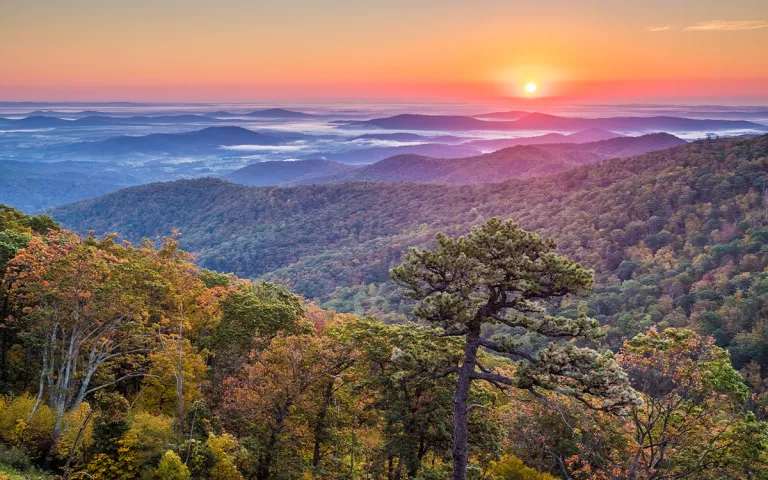
Shenandoah National Park. | Photo by John Baggaley
This memoir tells the author’s story of through-hiking the Appalachian Trail. A city-dweller who had never hiked before, Lugo recounts his journey of self-discovery and community-building as he makes his way from Georgia to Maine, making friends and facing challenges along the way. The book also deals with stereotypes around race and the outdoors, as Lugo is often the only Black person on the trail. The Unlikely Thru-Hiker is a relatable account of an ordinary person going on an extraordinary adventure, and the lessons learned by Lugo can apply to any reader.
Gladesmen: The Last of the Sawgrass Cowboys
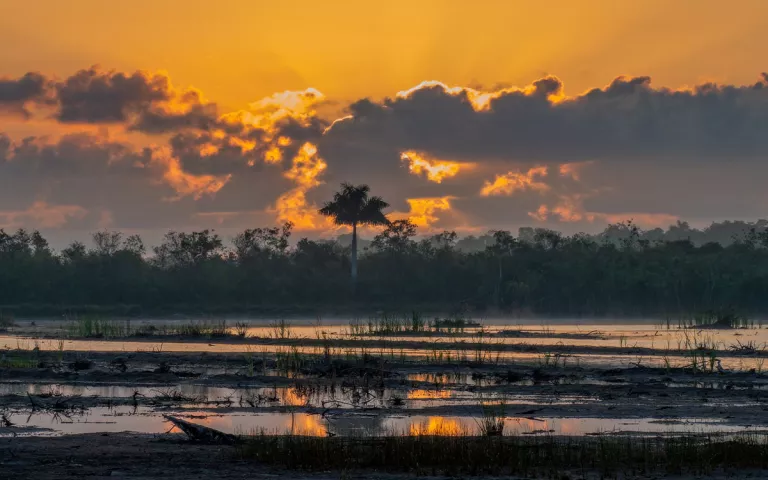
Everglades National Park. | Photo by James Keith
In 2016, a law banning airboats—watercraft propelled by aircraft engines—in the Florida Everglades went into effect in an effort to protect alligators and the fragile ecosystem. This documentary grapples with the tension between these conservation efforts and the communities for whom airboating is a way of life. Airboating causes noise pollution, rips through sawgrass, and disturbs the local wildlife. At the same time, those who call the Everglades home feel like they are being pushed out. The documentary offers no easy answers, but paints a picture of what’s at stake for everyone involved.
 The Magazine of The Sierra Club
The Magazine of The Sierra Club
